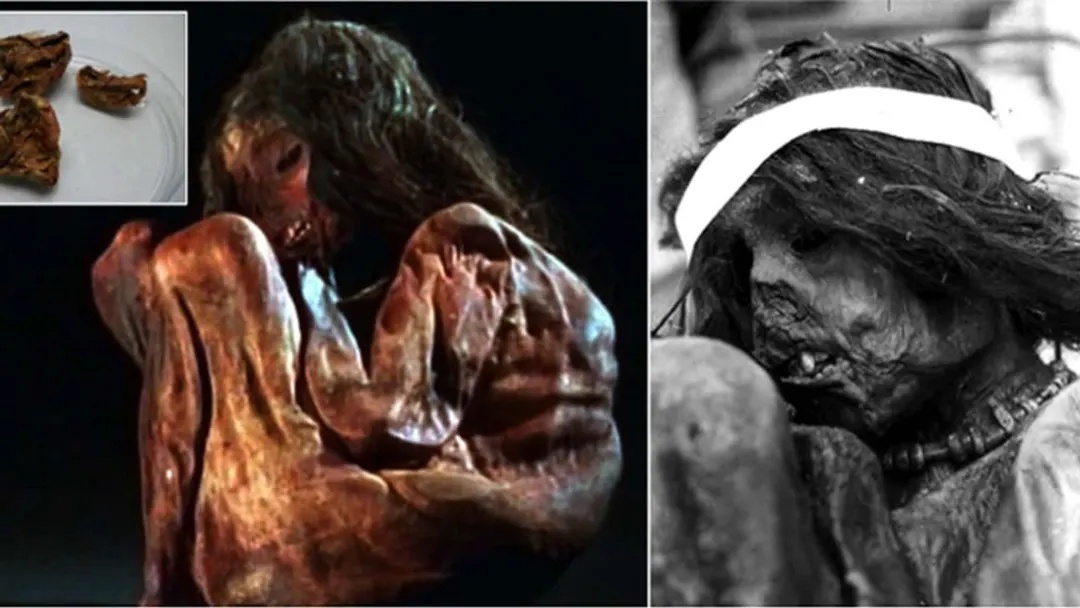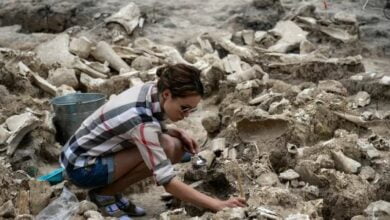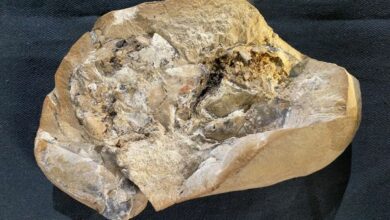
Scientists have discovered a rare genome in the mummy of an Inca child
(ORDO NEWS) — This boy was a descendant of a rare genetic subclass of maternal ancestors who lived about 14,300 years ago in Peru.
The boy was only 7 years old when he died over 500 years ago. He was chosen for his beauty and health to be sacrificed as part of the Inca ritual known as capacocha, in which children were ritually killed to commemorate an important event, avert a natural disaster, or to establish imperial power and control over the then-expanding Inca empire (1438 -1533).
In 1985, a group of climbers discovered his well-preserved mummy at over 5,000 meters on the edge of Mount Aconcagua in Mendoza, Argentina. It was wrapped in various fabrics and surrounded by six statuettes. His hair reached almost to his shoulders and he wore a necklace.
Now, scientists have sequenced the baby’s genome and found that he belonged to a rare group of people who had never before been genetically identified. The results of the study were published today in the journal Nature.
Antonio Salas of the University of Santiago de Compostela and colleagues sequenced the entire genome of mitochondrial DNA extracted from the boy’s lungs and then compared it to a worldwide database of about 28,000 mitochondrial genomes that are passed from mother to child.
According to them, he belonged to a haplogroup called C1bi, which had not previously been identified. (A haplogroup is a population that has a common ancestor).
There are 203 C1b mitogenomes in the genetic record, dating back to the earliest Paleo-Indian settlements at just over 18,000 years ago.
However, the boy appeared to be a descendant of a rare genetic subclass of maternal ancestors who lived about 14,300 years ago in Peru, the researchers say.
Based on a database of haplotypes, or DNA variations that are usually inherited together, the authors say that the C1bi boy’s genetic relatives may live today in Peru and Bolivia; in the database, they found several C1bi genetic matches for a child in these areas, including one who was a member of the Wari empire (c. 600-1100) in the Peruvian Andes.
But we will have to look for them among the modern inhabitants of South America. “The fact that C1bi is very rare in modern South American populations can be explained by insufficient sampling of modern populations,” they write.
“Alternatively, this rarity may reflect important changes in the South American gene pool since the Inca civilization.”
—
Online:
Contact us: [email protected]
Our Standards, Terms of Use: Standard Terms And Conditions.









